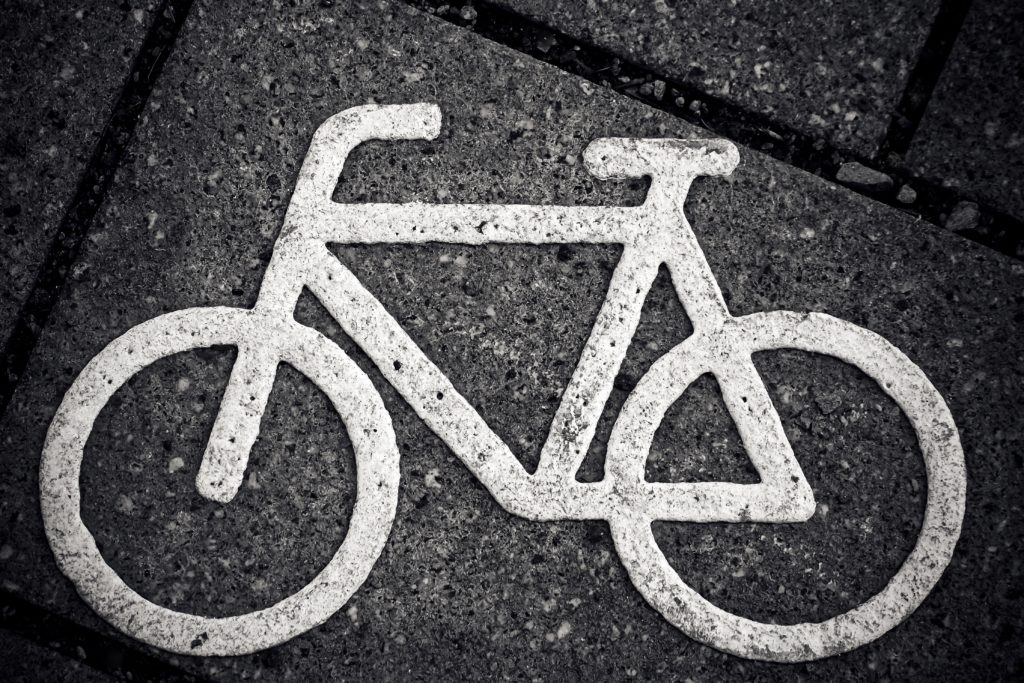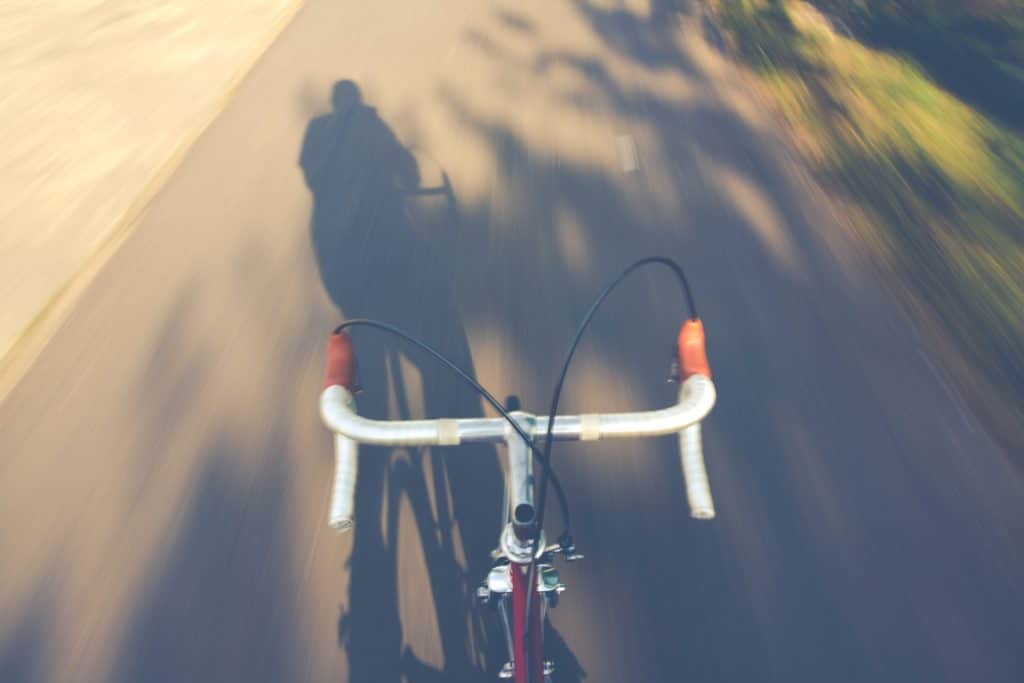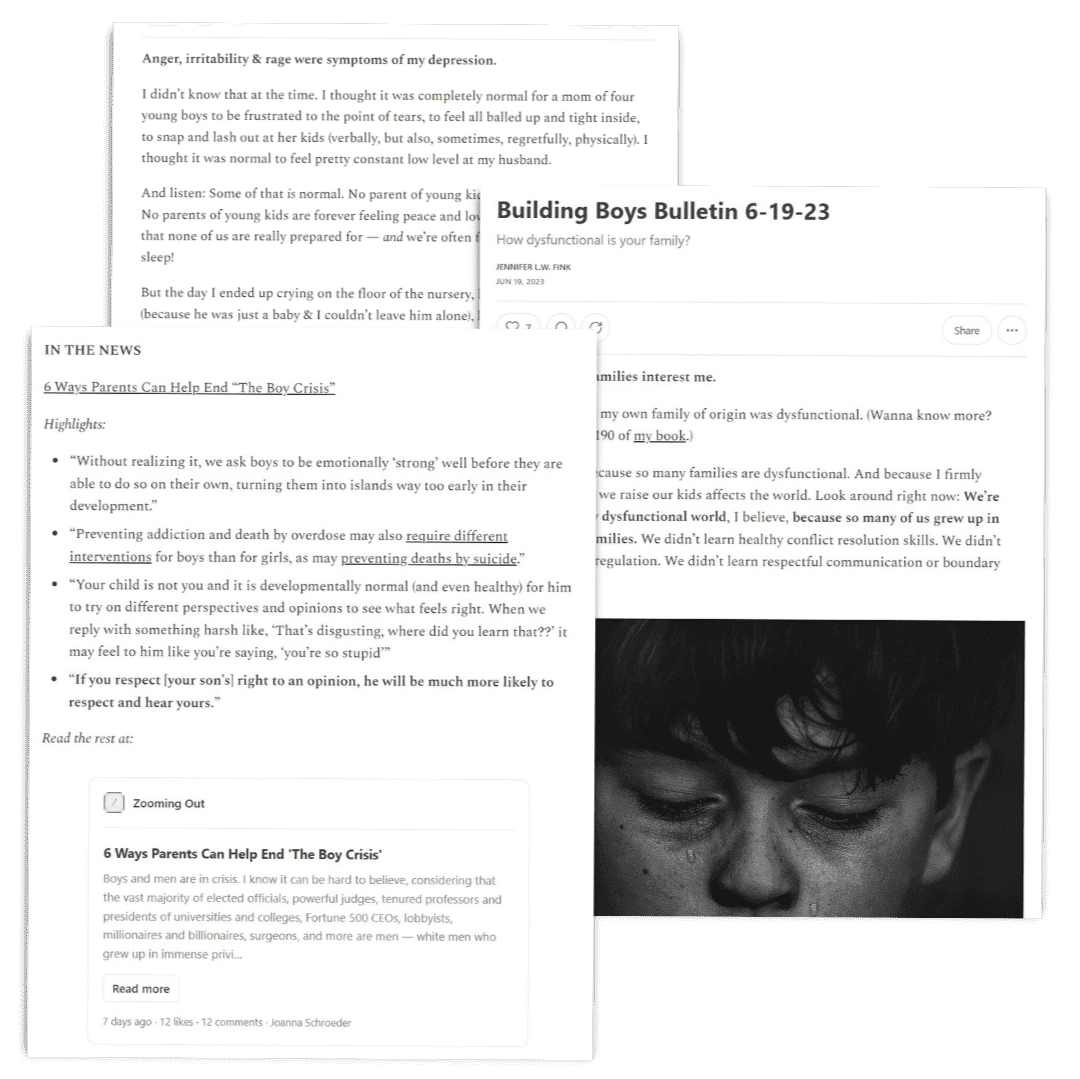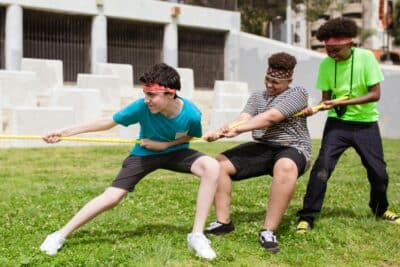
When your child gets their first bike, it literally changes their world. Their eyes are open to new possibilities – and endless hours of fun. They may stabilizers or training wheels on as they learn to cycle, before gradually taking them off and cycling on two wheels. That’s a huge moment for any parent; there’s so much pride in seeing your child ride a bike for the very first time. It’s not quite the same as watching them take their first steps, but it’s up there with when they drive for the first time!
Eventually, as your child gets older and more competent, they will move up a level yet again. Instead of cycling on the sidewalk, they’ll have to start cycling on the road. Ideally, they would have cycle lanes or paths to use instead. Unfortunately, this is all dependent on where you live. In most cases, you will have to succumb to cycling on the road. As such, you need to know how to prepare your child for this moment, as it is a huge step up from cycling on the sidewalk, but this guide should help you figure out the best approach.
Get them a roadworthy bike
The bike they ride will be very important as it needs to be ready for the roads. This means that the little kiddies bike they’ve been using this whole time is probably not safe enough. The bike needs to be roadworthy, making it easy and safe for your child to ride. Go to any bike shop near you to find a suitable option, or feel free to look online and read some reviews.
Ensure they can do the basics
While your child should be a competent cyclist, it’s always good to double-check that they can do the basics. More accurately, check that they can do the basics with their new bike. It might take them a while to get used to the new bike, especially if it’s bigger, has gears, and so on.
All you need to do is ensure they can cycle in a relatively straight line, stop when they need to, start again when required, and steer comfortably. It also helps if they know how to do all these things with only one hand on the bike. This is because, when on the road, they will need to do hand signals at some points. We’ll talk about the signals themselves later on, but the point here is that they have to take their hand off the bike to make the signals. So, if they can’t ride their bike one-handed, there will be problems.
Once they have the basics nailed down, you can start teaching them more about the actual rules of the road.

Teach them road cycling etiquette
It’s crucial that your child understands the right way to ride their bike on the road. Teach them the basics of bike safety, such as ensuring they ride on the right side of the road, close to the curb. This is the ideal place for a cyclist as it keeps them to the side of the cars and as out of the way as possible. You can minimize accidents and incidents simply by doing this, rather than cycling in the middle of the road.
Also, teach them about wearing the right clothing when on their bike. They absolutely need a proper safety helmet, so make sure you stress how crucial this is to wear at all times. Likewise, some sort of reflective clothing will be useful to help other vehicles spot you when the light levels are low. If their bike has lights, make sure they turn them on when it’s not that light outside as well.
Realistically, the last two points aren’t relevant right now. You’re only just teaching your child to ride on the road, and it’s not a good idea to let them ride in the dark at first! Still, it’s helpful to learn about etiquette like this for the future.
Make sure they know the correct hand signals
Hand signals are very important when your child is cycling on the road. Effectively, this is how you signal to other cars what you intend to do. The most obvious signals are sticking your arm out to whichever side you plan to turn on. So, if you are turning right onto another road, you need to hold out your right arm and point in that direction as you approach the turning. It’s the exact same as indicating in a car, only you have to use your arms on a bike.
Plenty of other signals exist, such as ones to tell a car to drive past you, warning people behind you of dangers, and signaling to tell drivers to slow down. There are loads of hand signals here if you’re interested in learning more about them and how to use them. Teach your child all of this to make sure they know how to act when they’re cycling.
Go out with your child
Up to this point, most of the work is done off the roads. You can teach your child everything on the sidewalk, indoors, or even in an empty parking lot. Now, you’re ready to take them onto the road for the first time. It’s normal for them to be scared, you just have to encourage them to carry on. Going out with them is essential as you can keep an eye on them and ensure they are safe. It’s a good idea to let them lead and stay behind them, watching out for any dangers.
The more you go out together, the more comfortable your child becomes. A smart idea is to keep dropping further and further behind your child until they’re basically cycling on their own. They probably won’t even notice this, and then you can tell them after that you weren’t looking at them, so they cycled all alone! It builds their confidence, meaning they’re more likely to start cycling by themselves without feeling nervous.
Riding a bike on the road for the first time is incredibly stressful – both for you and your child! You’re going to worry about them, but the tips in this guide can minimize risks and amplify safety.
This post may contain affiliate links






